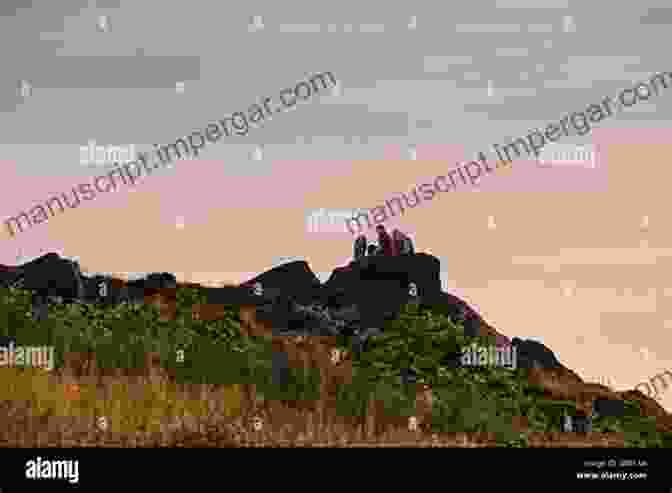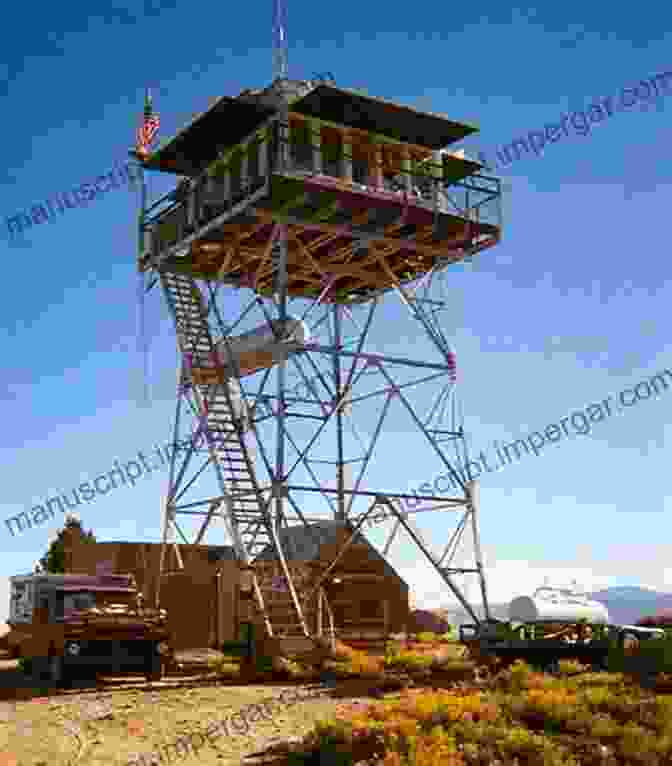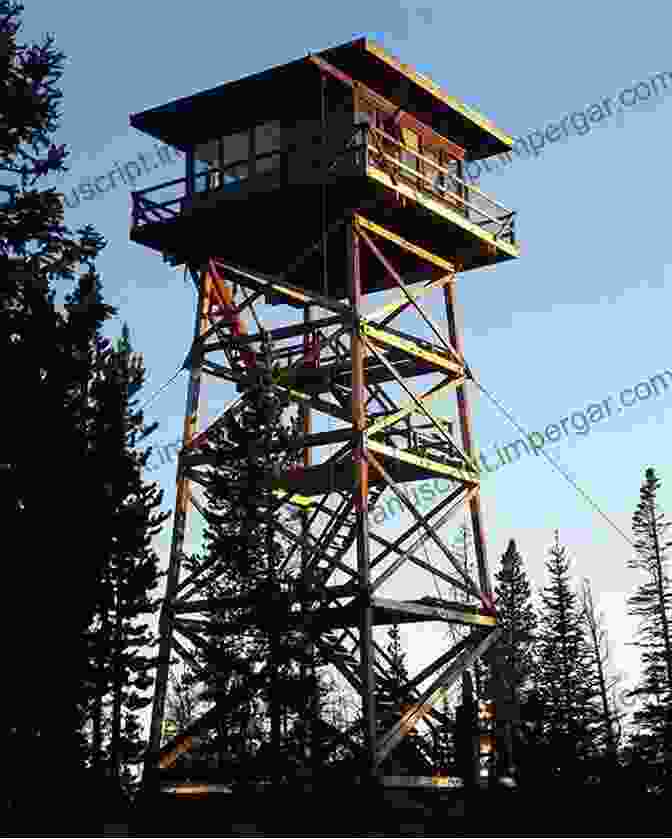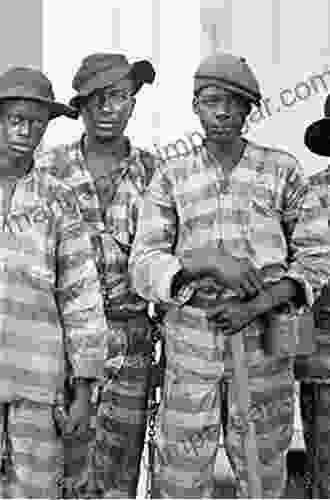Fire Lookouts of Oregon: Sentinels of the Wilderness

4.5 out of 5
| Language | : | English |
| File size | : | 29462 KB |
| Text-to-Speech | : | Enabled |
| Screen Reader | : | Supported |
| Enhanced typesetting | : | Enabled |
| Word Wise | : | Enabled |
| Print length | : | 128 pages |
High atop remote peaks, amidst rugged wilderness, stand the silent sentinels of Oregon's forests: fire lookouts. These isolated outposts, manned by brave and dedicated individuals, have played a crucial role in protecting our natural heritage from the ravages of wildfire.
In "Fire Lookouts of Oregon: Images of America," renowned photographer and historian John Shewey captures the breathtaking beauty and historical significance of these iconic structures. Through stunning black-and-white and color photographs, Shewey transports us to the rugged landscapes of Oregon's backcountry, where fire lookouts stand as timeless guardians.
The book tells the stories of the men and women who have dedicated their lives to fire prevention and suppression. They are the "lookouts," whose keen eyes and unwavering vigilance have saved countless acres of forest and protected countless lives. We learn about their daily routines, their challenges, and their profound connection to the wilderness they safeguard.

Fire Lookout on Smith Rock, Central Oregon
A Timeless Legacy
Fire lookouts have a long and storied history in Oregon. The first lookouts were established in the late 1800s, as the state's vast timber industry expanded. These early lookouts were simple structures, often little more than a platform atop a tree or a rudimentary tower.
As the threat of wildfire grew, so did the need for more sophisticated lookouts. In the early 1900s, the U.S. Forest Service began constructing a network of lookout towers, strategically located on high points throughout the state. These towers were typically made of wood or steel, with a glass-enclosed cab at the top.

Fire Lookout on Mount Hood, Western Oregon
Life on the Lookout
Life as a fire lookout was often solitary and demanding. Lookouts worked long hours, often alone, with only the companionship of the wilderness around them. They were responsible for scanning the horizon for smoke, using binoculars and other tools to pinpoint the location of any potential fires.
In the days before advanced communications, lookouts would use smoke signals, mirrors, or telephones to report fires. They would also keep a daily log of their observations, recording weather conditions, wildlife sightings, and any other notable events.

Fire Lookout Cabin on Steens Mountain, Eastern Oregon
A Changing Role
With the advent of new technologies, the role of fire lookouts has evolved over the years. Today, many lookouts are equipped with advanced detection equipment, such as infrared cameras and lightning sensors. This technology allows lookouts to detect fires more quickly and accurately, but it has also led to a decline in the number of lookouts in operation.
Despite the changing technology, the importance of fire lookouts remains. They continue to play a vital role in wildfire prevention and suppression, and they serve as a reminder of the rich history of human interaction with the Oregon wilderness.

Modern Fire Lookout Tower in Eastern Oregon
Preserving the Legacy
In recent years, there has been a growing movement to preserve and restore Oregon's historic fire lookouts. Many lookouts have been abandoned or fallen into disrepair, but dedicated volunteers and organizations are working to bring these iconic structures back to life.
"Fire Lookouts of Oregon: Images of America" is a testament to the enduring legacy of these remote outposts. Through Shewey's evocative photography and compelling storytelling, the book invites us to appreciate the beauty, history, and importance of Oregon's fire lookouts.
Whether you are a history buff, a nature lover, or simply fascinated by the human spirit, "Fire Lookouts of Oregon: Images of America" is a must-read. It is a celebration of the men and women who have dedicated their lives to protecting our forests and a reminder of the timeless connection between humans and the wilderness.
4.5 out of 5
| Language | : | English |
| File size | : | 29462 KB |
| Text-to-Speech | : | Enabled |
| Screen Reader | : | Supported |
| Enhanced typesetting | : | Enabled |
| Word Wise | : | Enabled |
| Print length | : | 128 pages |
Do you want to contribute by writing guest posts on this blog?
Please contact us and send us a resume of previous articles that you have written.
 Book
Book Novel
Novel Page
Page Chapter
Chapter Text
Text Story
Story Genre
Genre Reader
Reader Library
Library Paperback
Paperback E-book
E-book Magazine
Magazine Newspaper
Newspaper Paragraph
Paragraph Sentence
Sentence Bookmark
Bookmark Shelf
Shelf Glossary
Glossary Bibliography
Bibliography Foreword
Foreword Preface
Preface Synopsis
Synopsis Annotation
Annotation Footnote
Footnote Manuscript
Manuscript Scroll
Scroll Codex
Codex Tome
Tome Bestseller
Bestseller Classics
Classics Library card
Library card Narrative
Narrative Biography
Biography Autobiography
Autobiography Memoir
Memoir Reference
Reference Encyclopedia
Encyclopedia Chris Wiesinger
Chris Wiesinger Jp Mcavoy
Jp Mcavoy Cindy Grisdela
Cindy Grisdela Jodie Sinclair
Jodie Sinclair Christopher J Bowen
Christopher J Bowen Richard Hunt
Richard Hunt Christopher Long
Christopher Long Dan Kovalik
Dan Kovalik Corey Carolina
Corey Carolina Ken Caillat
Ken Caillat Mark Phythian
Mark Phythian Patrick M Condon
Patrick M Condon Christina Vella
Christina Vella Chris Pallant
Chris Pallant Lisa Samet
Lisa Samet Christian Joppke
Christian Joppke Cheryl Savageau
Cheryl Savageau Chase Hassen
Chase Hassen Kori Yates
Kori Yates Chi Tien
Chi Tien
Light bulbAdvertise smarter! Our strategic ad space ensures maximum exposure. Reserve your spot today!

 Brady MitchellStepmothering: Warts and All: An Unflinching Look at the Complexities of...
Brady MitchellStepmothering: Warts and All: An Unflinching Look at the Complexities of...
 Jerome PowellUnlock Your Horse's Potential: A Comprehensive Guide to "What Every Horse...
Jerome PowellUnlock Your Horse's Potential: A Comprehensive Guide to "What Every Horse... Dan BellFollow ·4.5k
Dan BellFollow ·4.5k John GrishamFollow ·19.8k
John GrishamFollow ·19.8k Darrell PowellFollow ·10.5k
Darrell PowellFollow ·10.5k Ray BlairFollow ·15.4k
Ray BlairFollow ·15.4k W. Somerset MaughamFollow ·11.9k
W. Somerset MaughamFollow ·11.9k Rex HayesFollow ·13.3k
Rex HayesFollow ·13.3k Billy FosterFollow ·15.1k
Billy FosterFollow ·15.1k Ibrahim BlairFollow ·11.1k
Ibrahim BlairFollow ·11.1k

 E.E. Cummings
E.E. CummingsOne Man's Story of What It Meant to be Pj
In the tapestry of life,...

 Caleb Long
Caleb LongPattern Theory in Video Keno: Unveiling the Art of...
Embark on an enlightening journey into the...

 Douglas Adams
Douglas AdamsUnveiling the Diplomatic Landscape: The Ottoman Empire,...
Delving into the History...

 Terry Bell
Terry BellThere Still Is No Off Season: Embracing Year-Round...
In a world consumed by routine and the allure...

 Ibrahim Blair
Ibrahim BlairBrain Teasers Games and Puzzles: Exercise Your Mind with...
Prepare to embark on a captivating journey...
4.5 out of 5
| Language | : | English |
| File size | : | 29462 KB |
| Text-to-Speech | : | Enabled |
| Screen Reader | : | Supported |
| Enhanced typesetting | : | Enabled |
| Word Wise | : | Enabled |
| Print length | : | 128 pages |










